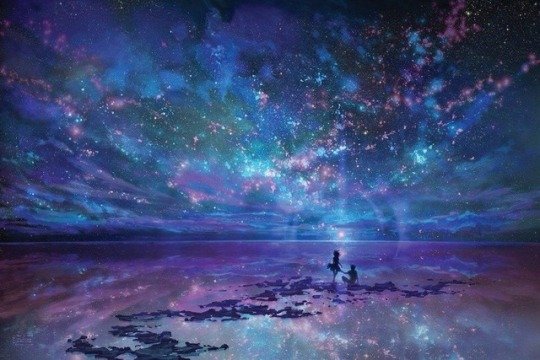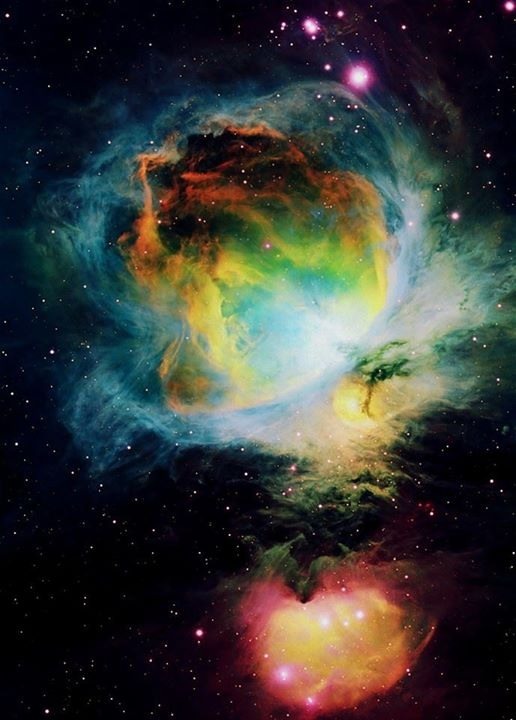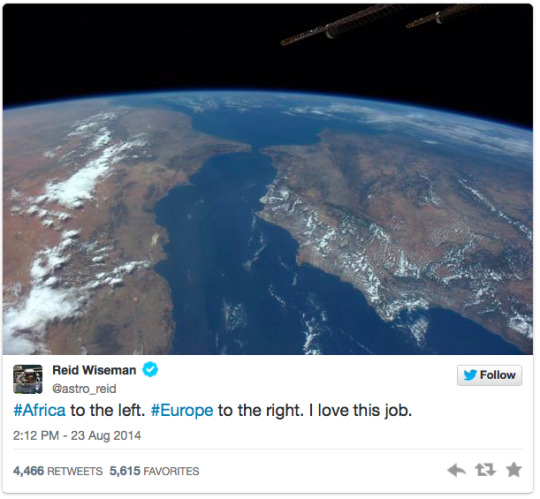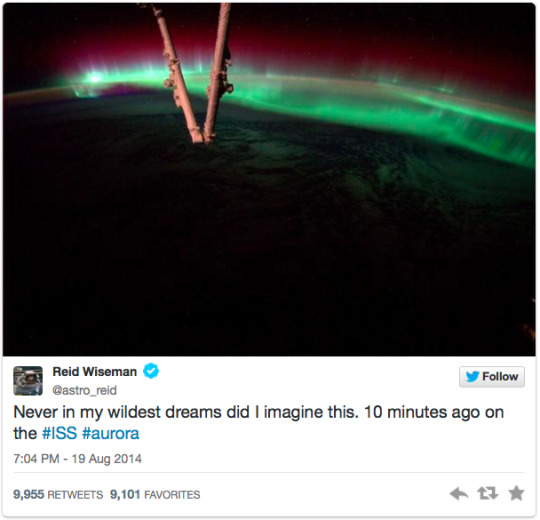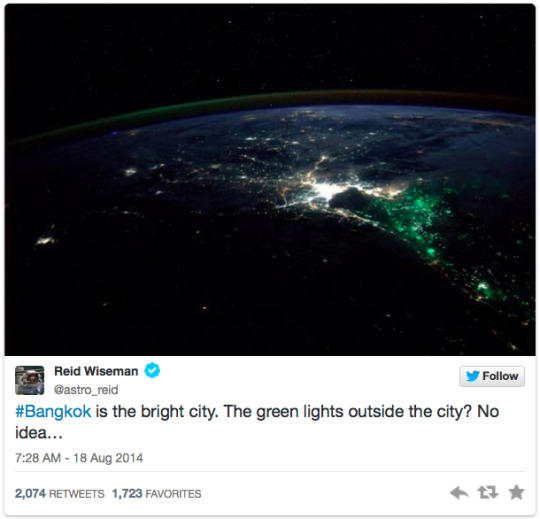Photo
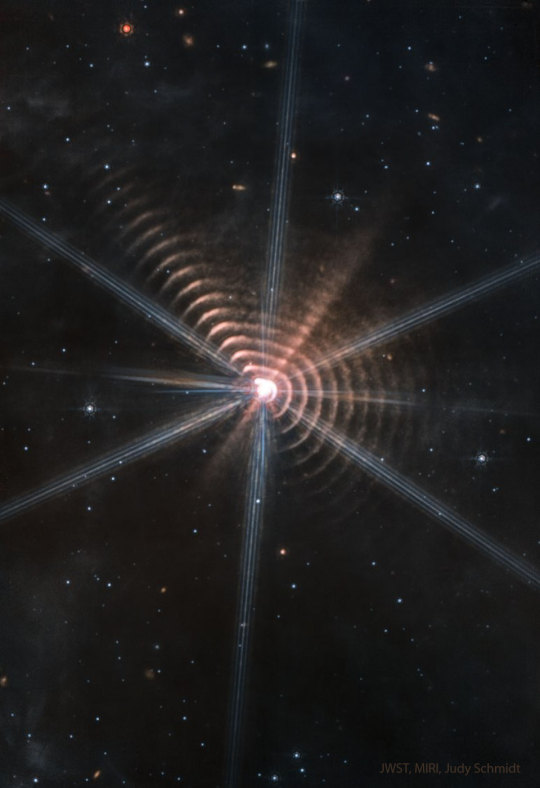
Dust Shells around WR 140 from Webb
What are those strange rings? Rich in dust, the rings are likely 3D shells -- but how they were created remains a topic of research. Where they were created is well known: in a binary star system that lies about 6,000 light years away toward the constellation of the Swan (Cygnus) -- a system dominated by the Wolf-Rayet star WR 140. Wolf-Rayet stars are massive, bright, and known for their tumultuous winds. They are also known for creating and dispersing heavy elements such as carbon which is a building block of interstellar dust. The other star in the binary is also bright and massive -- but not as active. The two great stars joust in an oblong orbit as they approach each other about every eight years. When at closest approach, the X-ray emission from the system increases, as, apparently, does the dust expelled into space -- creating another shell. The featured infrared image by the new Webb Space Telescope resolves greater details and more dust shells than ever before.
5 notes
·
View notes
Photo
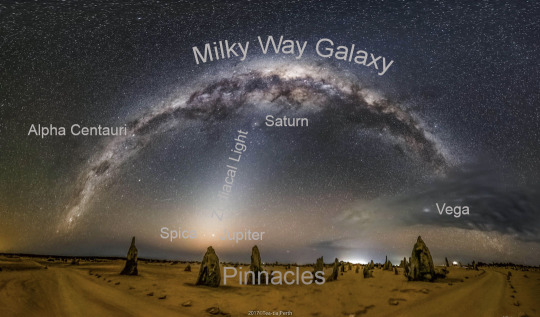
Milky Way and Zodiacal Light over Australian Pinnacles
What strange world is this? Earth. In the foreground of the featured image are the Pinnacles, unusual rock spires in Nambung National Park in Western Australia. Made of ancient sea shells (limestone), how these human-sized picturesque spires formed remains a topic of research. The picturesque panorama was taken in 2017 September. A ray of zodiacal light, sunlight reflected by dust grains orbiting between the planets in the Solar System, rises from the horizon near the image center. Arching across the top is the central band of our Milky Way Galaxy. The planets Jupiter and Saturn, as well as several famous stars are also visible in the background night sky.
2 notes
·
View notes
Photo

Clouds Around Galaxy Andromeda
What are those red clouds surrounding the Andromeda galaxy? This galaxy, M31, is often imaged by planet Earth-based astronomers. As the nearest large spiral galaxy, it is a familiar sight with dark dust lanes, bright yellowish core, and spiral arms traced by clouds of bright blue stars. A mosaic of well-exposed broad and narrow-band image data, this deep portrait of our neighboring island universe offers strikingly unfamiliar features though, faint reddish clouds of glowing ionized hydrogen gas in the same wide field of view. Most of the ionized hydrogen clouds surely lie in the foreground of the scene, well within our Milky Way Galaxy. They are likely associated with the pervasive, dusty interstellar cirrus clouds scattered hundreds of light-years above our own galactic plane. Some of the clouds, however, occur right in the Andromeda galaxy itself, and some in M110, the small galaxy just below.
4 notes
·
View notes
Photo

Night on a Spooky Planet
What spooky planet is this? Planet Earth of course, on a dark and stormy night in 2013 at Hverir, a geothermally active area along the volcanic landscape in northeastern Iceland. Triggered by solar activity, geomagnetic storms produced the auroral display in the starry night sky. The ghostly towers of steam and gas are venting from fumaroles and danced against the eerie greenish light. For now, auroral apparitions are increasing as our Sun approaches a maximum in its 11 year solar activity cycle. And pretty soon, ghostly shapes may dance in your neighborhood too.
0 notes
Photo
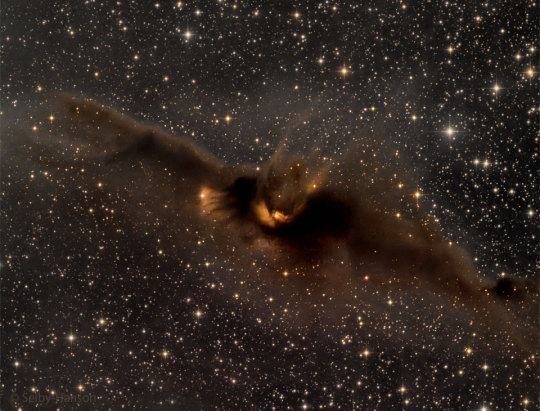
LDN 43: The Cosmic Bat Nebula
What is the most spook-tacular nebula in the galaxy? One contender is LDN 43, which bears an astonishing resemblance to a vast cosmic bat flying amongst the stars on a dark Halloween night. Located about 1400 light years away in the constellation Ophiuchus, this molecular cloud is dense enough to block light not only from background stars, but from wisps of gas lit up by the nearby reflection nebula LBN 7. Far from being a harbinger of death, this 12-light year-long filament of gas and dust is actually a stellar nursery. Glowing with eerie light, the bat is lit up from inside by dense gaseous knots that have just formed young stars.
2 notes
·
View notes
Photo

Galaxies: Wild's Triplet from Hubble
How many galaxies are interacting here? This grouping of galaxies is called the Wild Triplet, not only for the discoverer, but for the number of bright galaxies that appear. It had been assumed that all three galaxies, collectively cataloged as Arp 248, are interacting, but more recent investigations reveal that only the brightest two galaxies are sparring gravitationally: the big galaxies at the top and bottom. The spiral galaxy in the middle of the featured image by the Hubble Space Telescope is actually far in the distance, as is the galaxy just below it and all of the other numerous galaxies in the field. A striking result of these giants jousting is a tremendous bridge of stars, gas, and dust that stretches between them -- a bridge almost 200,000 light-years long. Light we see today from Wild's Triplet left about 200 million years ago, when dinosaurs roamed the Earth. In perhaps a billion years or so, the two interacting galaxies will merge to form a single large spiral galaxy.
https://apod.nasa.gov/apod/ap221108.html
0 notes
Text
Artemis Launches for the Moon!
123 notes
·
View notes
Photo
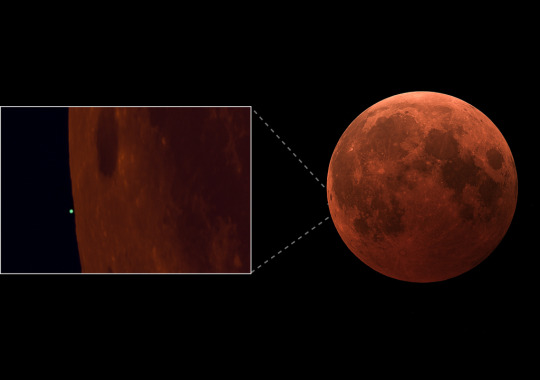
Blood Moon, Ice Giant
On November 8 the Full Moon turned blood red as it slid through Earth's shadow in a beautiful total lunar eclipse. During totality it also passed in front of, or occulted, outer planet Uranus for eclipse viewers located in parts of northern America and Asia. For a close-up and wider view these two images were taken just before the occultation began, captured with different telescopes and cameras from the same roof top in Shanghai, China. Normally very faint compared to a Full Moon, the tiny, pale, greenish disk of the distant ice giant is just to the left of the Moon's edge and about to disappear behind the darkened, red lunar limb. Though only visible from certain locations across planet Earth, lunar occultations of planets are fairly common. But for this rare "lunar eclipse occultation" to take place, at the time of the total eclipse the outer planet had to be both at opposition and very near the ecliptic plane to fall in line with Sun, Earth, and Moon.
https://apod.nasa.gov/apod/ap221111.html
0 notes
Photo

Flying Saucer Crash Lands in Utah Desert
A flying saucer from outer space crash-landed in the Utah desert after being tracked by radar and chased by helicopters. The year was 2004, and no space aliens were involved. The saucer, pictured here, was the Genesis sample return capsule, part of a human-made robot Genesis spaceship launched in 2001 by NASA itself to study the Sun. The unexpectedly hard landing at over 300 kilometers per hour occurred because the parachutes did not open as planned. The Genesis mission had been orbiting the Sun collecting solar wind particles that are usually deflected away by Earth's magnetic field. Despite the crash landing, many return samples remained in good enough condition to analyze. So far, Genesis-related discoveries include new details about the composition of the Sun and how the abundance of some types of elements differ across the Solar System. These results have provided intriguing clues into details of how the Sun and planets formed billions of years ago.
https://apod.nasa.gov/apod/ap221113.html
0 notes
Photo

Spiral galaxy NGC 1097 shines in southern skies, about 45 million light-years away in the heated constellation Fornax. Its blue spiral arms are mottled with pinkish star forming regions in this colorful galaxy portrait. They seem to have wrapped around a small companion galaxy above and right of center, about 40,000 light-years from the spiral's luminous core. That's not NGC 1097's only peculiar feature, though. This very deep exposure hints of faint, mysterious jets, seen to extend well beyond the bluish arms. In fact, four faint jets are ultimately recognized in optical images of NGC 1097. The jets trace an X centered on the galaxy's nucleus, but probably don't originate there. Instead, they could be fossil star streams, trails left over from the capture and disruption of a much smaller galaxy in the large spiral's ancient past. A Seyfert galaxy, NGC 1097's nucleus also harbors a supermassive black hole.
https://apod.nasa.gov/apod/ap221116.html
0 notes
Photo

VIDEO FROM THE SURFACE OF A COMET
This is truly incredible.
Details:
Remember Rosetta? That comet-chasing European Space Agency (ESA) probe that deployed (and accidentally bounced) its lander Philae on the surface of Comet 67P? This GIF is made up of images Rosetta beamed back to Earth, which have been freely available online for a while. But it took Twitter user landru79 processing and assembling them into this short, looped clip to reveal the drama they contained.
78K notes
·
View notes
Photo
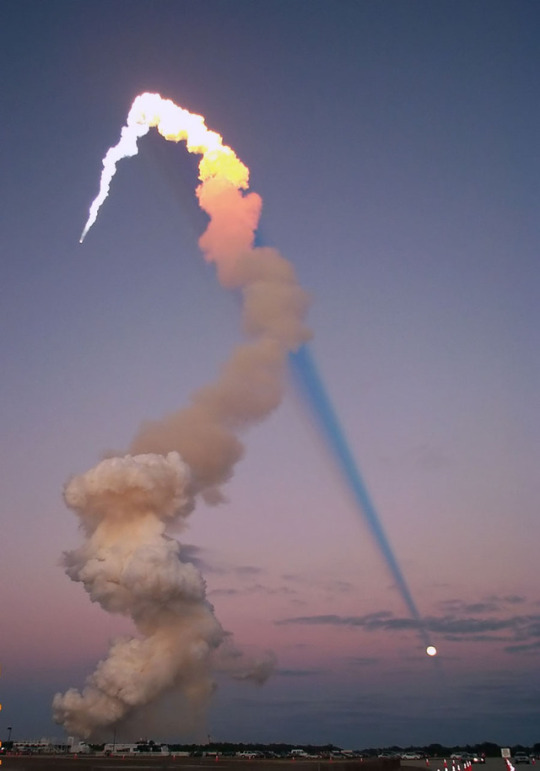
In early 2001 during a launch of Atlantis, the Sun, Earth, Moon, and rocket were all properly aligned for this photogenic coincidence.
Image Credit: Pat McCracken, NASA
23K notes
·
View notes
Photo
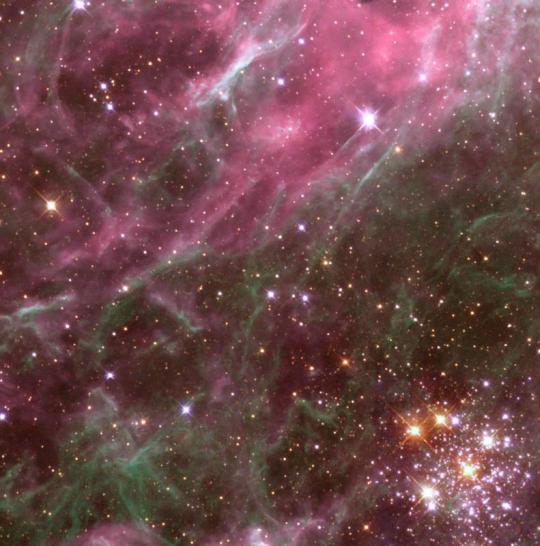

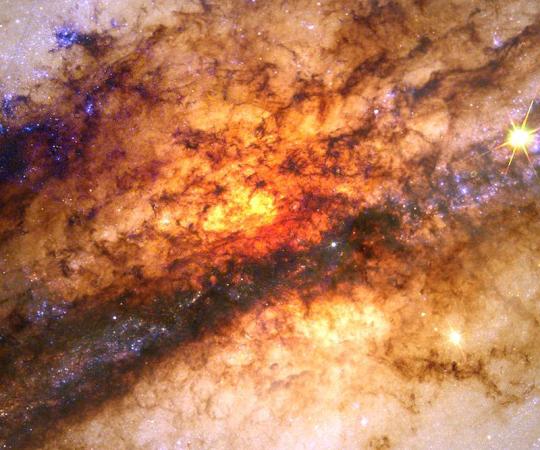
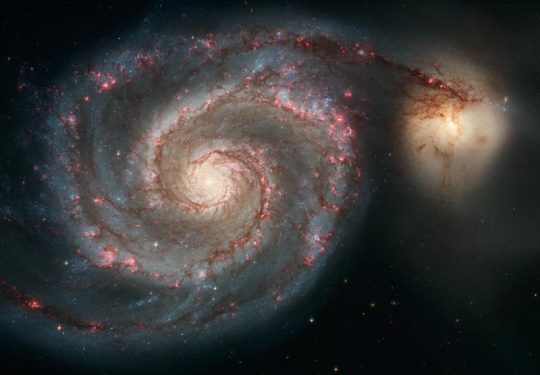
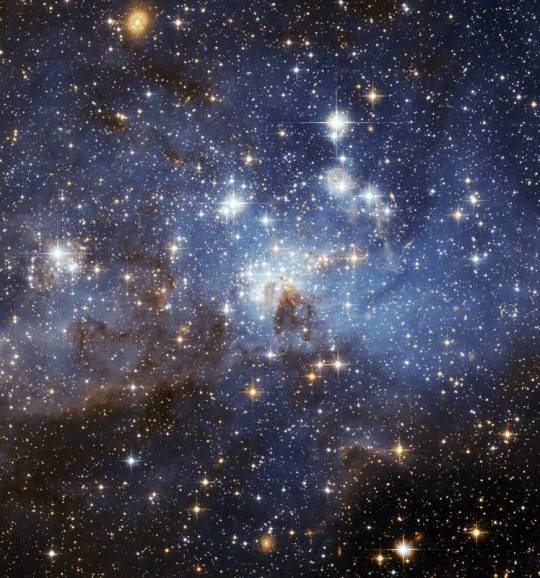



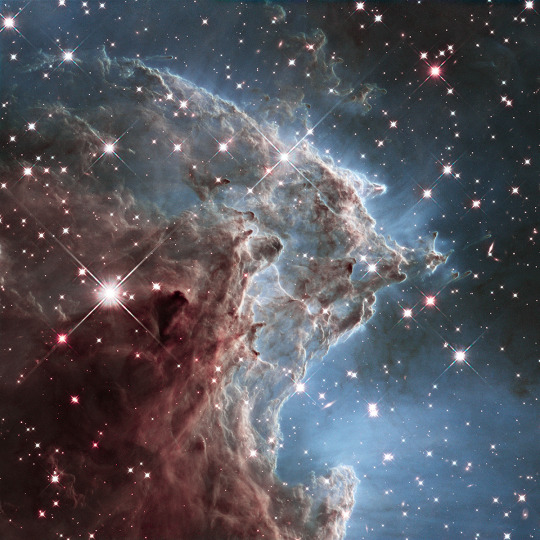
goin’ on hubblesite.org like just fuck me up
595 notes
·
View notes
Photo

Chicago in Winter
From the International Space Station (ISS), European Space Agency astronaut Samantha Cristoforetti took this photograph of Chicago and posted it to social media on Feb. 19, 2015. She wrote, “How do you like #Chicago dressed for winter?” Crewmembers on the space station photograph the Earth from their unique point of view located 200 miles above the surface as part of the Crew Earth Observations program. Photographs record how the planet is changing over time, from human-caused changes like urban growth and reservoir construction, to natural dynamic events such as hurricanes, floods and volcanic eruptions. Astronauts have used hand-held cameras to photograph the Earth for more than 40 years, beginning with the Mercury missions in the early 1960s. The ISS maintains an altitude between 220 - 286 miles (354 - 460 km) above the Earth, and an orbital inclination of 51.6˚, providing an excellent stage for observing most populated areas of the world. Image Credit: NASA/ESA/Samantha Cristoforetti
21 notes
·
View notes
Photo
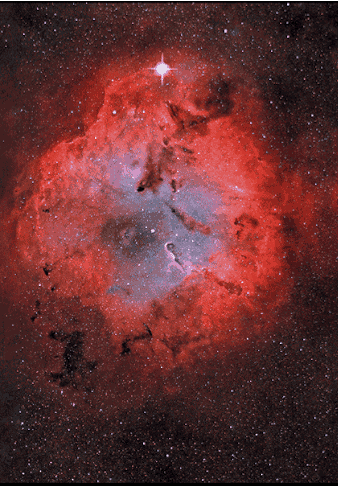
Elephant’s Trunk Nebula in 3D
http://space-pics.tumblr.com/
1K notes
·
View notes
